Roman Middlewich: Pottery
Pottery was used for a variety of purposes including cooking and storage. A lot of pottery is found on Roman sites because when vessels broke it was often not worthwhile mending them and the pieces were thrown away. Generally pottery was cheap and readily available. An exception was the expensive Samian ware which was imported from Gaul. There are examples of the Romans themselves attempting to mend broken Samian ware.
Originally Roam Pottery was imported. It was made mainly in South, Central and Eastern Gaul (parts of France and Germany today). It was transported by river across Europe and arrived in Britain via the English Channel.
As time went on, during the 2nd century AD, major potteries were set up in Britain e.g. at Aldgate, Yorkshire, Colchester, Essex, Wiltshire, Oxfordshire, Hampshire, Caerlon in South Wales, and the legionary kilns of Holt near Chester.
Pottery was also made by local potteries in Britain, especially pottery that was to be used for everyday storage and cooking. Kilns were found in Middlewich for this purpose.
Pottery is generally described by archaeologists as being either coarse – ware or fine-ware. Coarse-ware was for everyday use, particularly for cooking and storage and also for use at the table. Fine-ware is thinner, often glazed and decorated, and was for use at the table.
Types of pottery commonly found in Britain
Grey ware (Black burnished ware); often used for cooking though finer types might be used at the table.
Samian ware: copper – coloured and highly glazed. Used for tableware. Often highly decorated, imported from Gaul.
Red sandy ware. Locally made in Cheshire. Very absorbent so tended to be disposed of readily and replaced.
Nene Valley ware: made in eastern Britain. Some of this was quite ornate. Typically it had a dark slip.
Some common pots:
Amphora (plural amphorae)
These were large containers made of pottery that were used to transport a range of liquids and solids. They might contain dried fruits, capers and alum from the central Mediterranean islands; olive oil from southern Spain; sweet wine from southern France. They were also used for storage in the Kitchen for dried foods and liquids. The shape enabled them to be stacked in the hold of a ship.
Mortarium (plural mortaria)
Mortaria were pottery vessels which were lined with grit inside and were used for mixing and grinding food in (i.e. a pestle and mortar). They had a spout for pouring and a heavy rim that was easy to hold.
Other uses for pottery:
Briquetage – baked clay used to make pans for use in salt-working.
Chimney pot and other building materials = chimney, roof tiles found in Middlewich
Oil lamps – these were used to light rooms and corridors and were usually placed on metal sconces set into a wall. A look at photographs of Roman finds will show a wide variety of decoration on lamps.
Spindle whorl – used as a weight for spinning wool.

